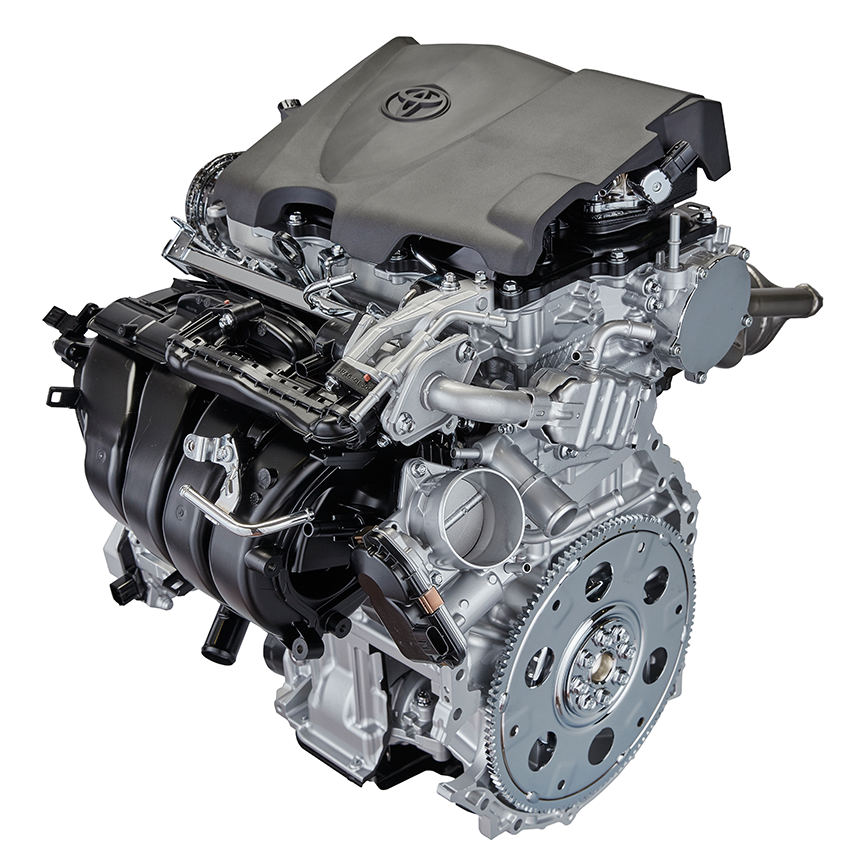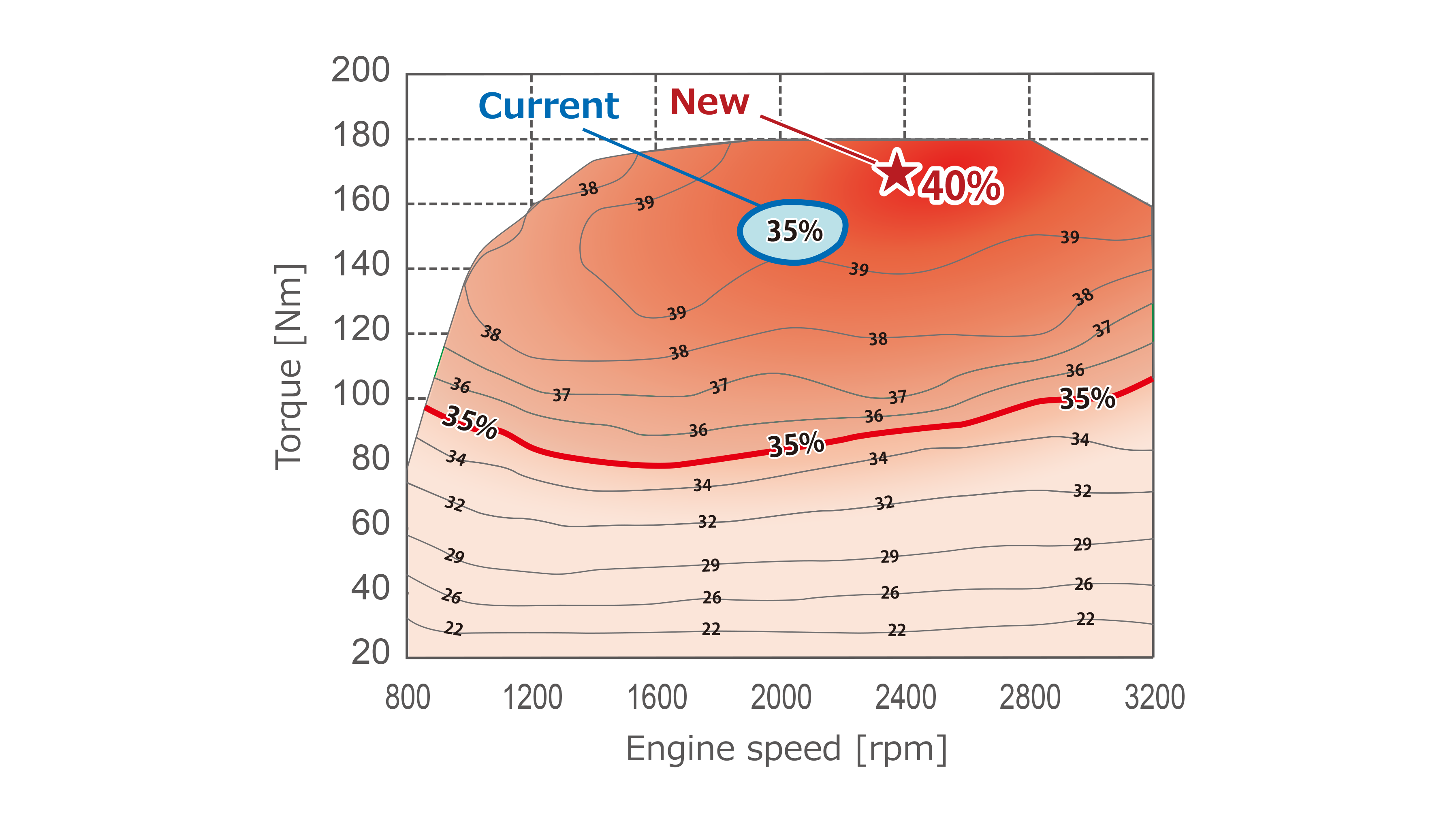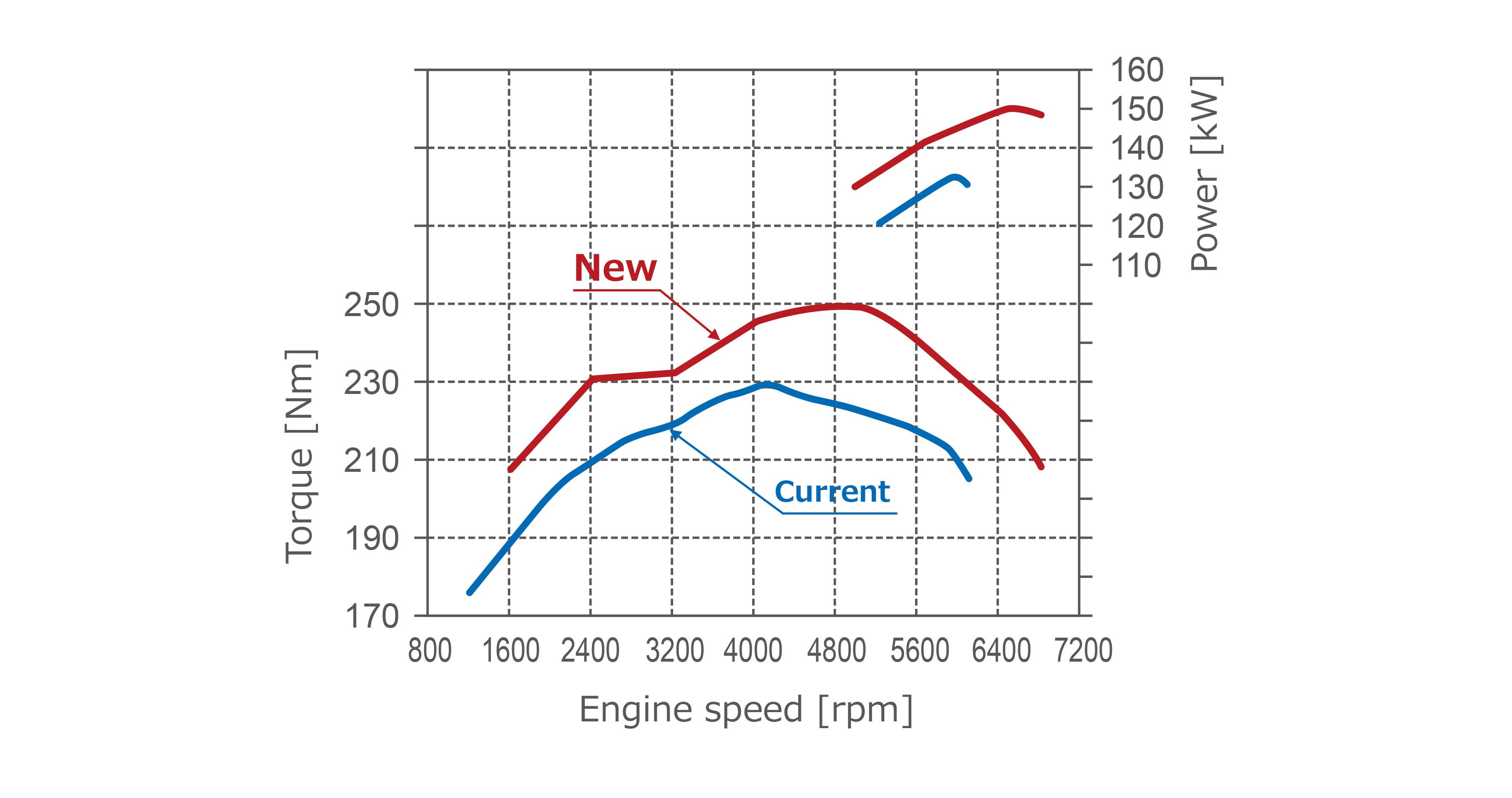This post was originally written for Oppositelock, but with the impending death of Kinja user blogs, I’m reposting it here.

Last week, Toyota detailed their next-generation powertrains for vehicles on their new architecture. In addition to several new transmissions, they announced a new modular engine family supporting varying cylinder displacements (much like Mazda’s SkyActiv-G family) and cylinder count, and detailed the first variant of that, the 2.5 liter Dynamic Force (what an awful marketing name) engine, which is almost certainly destined for the new Camry.
So, I’m going to regurgitate some of what Toyota’s said, that other blogs have already covered, but if you want to get it straight from the horse’s mouth… just read that press release, read this page, and if you’ve got 45 minutes to listen to an interpreter do a not that great job of translating Japanese to English on the fly, watch this video, although it covers the transmissions, too. The video goes into some detail that the web pages don’t.
Also, I’m not an engineer, but I find this technology interesting.
It seems that Toyota’s focus with this engine was on promoting tumble, or swirl, in the intake air, to promote good air/fuel mixture, while not excessively restricting the intake air. This is especially important, given that it’s using direct injection – good air/fuel mixture is key to keeping particulate emissions low (and they’re even claiming lower particle count than the motors they’re replacing, despite moving from port injection to Toyota’s port and direct injection system). In addition, they appear to be running Atkinson cycle even on the standard variant of the engine, with very high static compression (13:1 for the standard variant, 14:1 for the hybrid variant), a very long stroke (1:1.2 bore:stroke ratio, which is absurdly undersquare), electric cam phasing (other Toyota engines have this already), an electric water pump (the hybrids have had this for over a decade now), and variable displacement oil pump, all in an attempt to get maximum work out of the fuel, and minimize friction. Note that there’s no turbo here – this is all still naturally aspirated.
The upshot is that the hybrid variant of this engine is the most thermally efficient gasoline engine ever produced, at 41% peak thermal efficiency. In addition, the standard variant is 40% thermally efficient at peak, matching the previous best production gasoline engines (which, if I recall correctly, are the Gen 4 Prius’s variant of the 2ZR-FXE, and some of the Mazda SkyActiv-G engines).
To put that into perspective, the current base Camry’s engine is 35% efficient, and the best hybrid variant of the current 2.5 liter is 38.5% efficient, with direct injection (the Camry isn’t using that best version, either). Diesels can be better – for instance, the Volkswagen CBEA 2.0 liter (as used in the 2009 Jetta TDI) got 42.7% peak while cheating and while not regenerating its DPF, or the Volkswagen ALH 1.9 liter (as used in various 1998-2003 TDIs) got 42.5% peak. Ultimately, freaking gasoline engines march ever closer to making diesels irrelevant as a solution for GHG emissions.
Another way to put that in perspective is this partial BSFC graph that Toyota released, comparing the tiny sweet spot that you’d get 35% efficiency at in the 2AR-FE, versus the huge area where you’d get 35% efficiency in the new conventional engine:

As far as performance… well, let’s compare.
2AR-FE (think Camry, RAV4): 178 hp @ 6000 RPM, 170 lb-ft @ 4100 RPM, 35% thermal efficiency at peak
Dynamic Force 2.5: 202 hp @ 6600 RPM, 184 lb-ft @ 4800 RPM, 40% thermal efficiency at peak
One thing, other than the thermal efficiency improvement, stands out at me here, and that’s the increase in power and torque. The numbers don’t show it, but Toyota’s torque curve does, that increase is throughout the power band:

And, I believe that this thing is going to be the base Camry engine. This makes me really, really wonder about the rumors that there’ll be a 2.0T for the Camry – with 202 hp, there’s not much room in between this and the V6 (which is also rumored to still be in the Camry). Toyota’s also claiming 12% faster acceleration, and 20% better fuel efficiency, from powertrain improvements alone (that’ll also include switching from the current 6-speed automatic to the new 8-speed family that they also detailed, and I think the RX 350, Highlander, and Sienna are now using). That would make a base Camry that can do 0-60 in about 7.0 seconds, with fuel economy in the ballpark of 29 miles per gallon city, 40 highway.
But, let’s look at hybrid motors, now.
2AR-FXE (Camry/ES Hybrid, RAV4/NX Hybrid): 156 hp @ 5700 RPM, 156 lb-ft @ 4500 RPM, I don’t have thermal efficiency numbers, but I’d guess around 38% at peak
2AR-FSE (IS/RC/GS 300h, Crown Hybrid): 178 hp @ 6000 RPM, 163 lb-ft @ 4200-4800 RPM, 38.5% thermal efficiency at peak
Dynamic Force 2.5 for hybrids: 174 hp @ 5700 RPM, 162 lb-ft @ 3600-5200 RPM, 41% thermal efficiency at peak
It is worth noting that Toyota’s not comparing this motor to the 2AR-FSE, but I thought I’d throw it in anyway. In any case, they’re claiming 10% better acceleration for the hybrid, and again, 20% better fuel efficiency, also from powertrain improvements alone (but that does include the new hybrid system with all of its massive improvements, instead of a somewhat downsized version of the 2004 RX 400h’s system). That would be somewhere around 6.5 seconds to 60, and in the ballpark of 50 miles per gallon city, 46 highway, ignoring any aerodynamic or weight improvements. That is… quite impressive.
Oh, and Toyota’s claiming that this family’s more responsive to throttle input than the engines it’s replacing, too. The phrase “fun to drive” is in their press release. Surprisingly, seeing as this is probably launching in the Camry, the phrase “grounded to the ground” appears nowhere… but then, this is about powertrains, not suspension.
I might also do a piece on my opinions on the Multi-Stage Hybrid gearbox they detailed in that, but my questions – namely, whether the thing fakes being a 10-speed auto even in drive – weren’t really answered by that release…